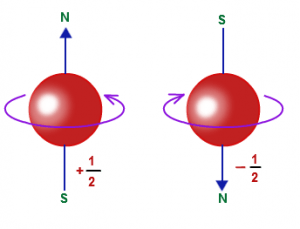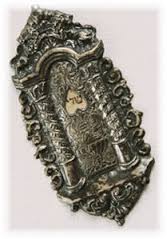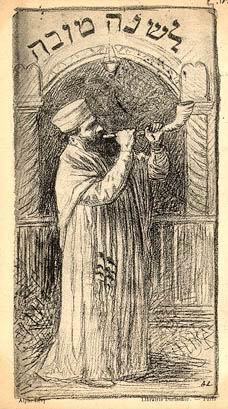According to the Saadia Gaon, these two Torah portions – Nitzavim and Vayelech – are really one portion, which sometimes is split into two. In the language of Quantum Mechanics (QM), the two portions are entangled, in a manner of speech, and are described by the single “wavefunction.” Needless to say, this is not meant in a literal sense, as QM describes physical objects, whereas these biblical chapters are certainly not. Nevertheless, taking poetic license, we can loosely say that these portions are entangled, i.e., they are really one. Nitzavim and Vayelech, however, speak of the opposite themes – “nitzavim” connotes standing( lit., you stand), while “vayelech” connotes walking (lit., …and he walked).
As much as it seems paradoxical at first, from the physicist’s point of view, it is not surprising at all. Typically, entangled objects have the opposite values of their physical characteristics. T
So these two Torah portions, which are really one, have the opposite themes as one would expect from the “entangled” portions. The Lubavitcher Rebbe, Rabbi Menachem Mendel Schneerson, learns a lesson from this apparent paradox for our practical service of G‑d (avodah) – a Jew must stand strong, i.e. be firmly rooted in Jewish tradition, yet a Jew must be always on the move progressing higher and higher in the Divine service. In the language of quantum mechanics (again, metaphorically speaking), a Jew must be in a state of superposition of standing and moving. Just as with the example of two entangled electrons, as soon as a Jew is caught standing, he must start moving not being satisfied with his spiritual status quo. And as soon as he is caught moving, he must check how firmly he is grounded in his roots. This dichotomy is the quintessential property of the Divine service, which always embodies a superposition of opposite states – moving and standing, striving for spiritual while remaining physical, ratzo vashov, “running and returning,“ as in Ezekiel’s vision of Maaseh Merkavah.

Speaking of entanglement, the main message of parshah Nitzavim is that all Jews are entangled. The laws of arvus – mutual responsibility – are learned from this parshah. “You all stand together – netzavim kulchem…” – we are all entangled, which will allow us in a few days to fulfill the mitzvah of blowing the shofar by listening to the baal tokeah, “the one who blows,” who will exempt us with his tekios – sounds of Shofar.
May we hear soon the sounds of the Shofar Gadol, the Great Shofar, which will announce our ultimate redemption.
Ktivah vechatimah tovah leshanah tovah u’metukah – may we all be inscribed and sealed in the Book of Life for a Happy and Sweet New Year!


I found extremely interesting the comments on the Torah from the point of view of
physics.
It certainly gives me a different dimension, deeper, of chomer and ruach.
thank you,
Hayim